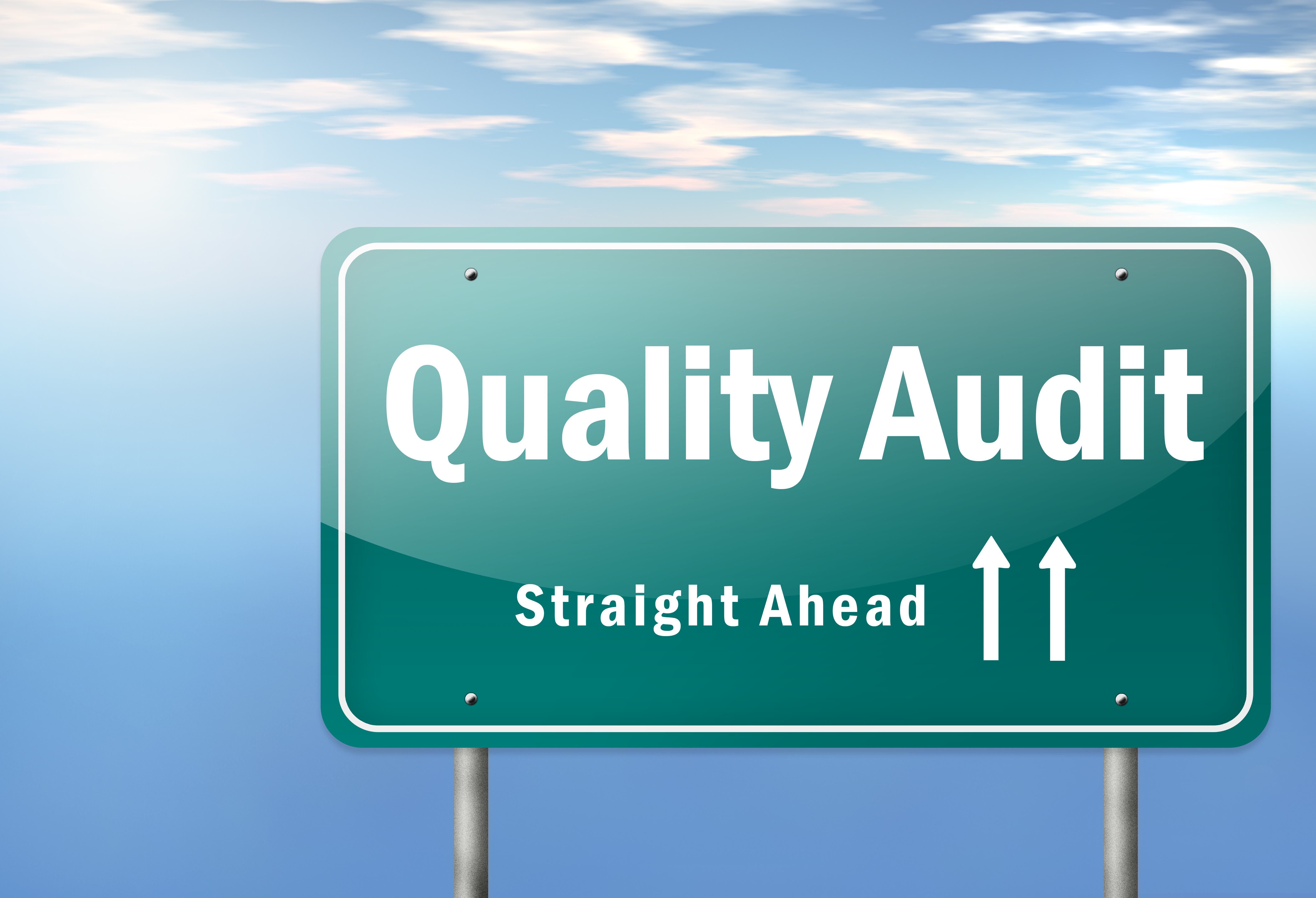
Image courtesy of Adobe Stock.
As I’ve mentioned here and here, I have reread my notes from several continuing education classes this year. Thought I would share a variety of stray ideas.
Probably need to note again that I have not gone back and read the original pronouncements supporting each idea and therefore I do not have a specific citation for you. (Reading three of the documents is the next step for my writing project.)
I should probably throw in a disclaimer. All of the comments I’m mentioning were the opinion of the presenter, not the agency from whom the person was drawing a paycheck. That is why I’m not mentioning the names of the presenters, or even the CPE event. In addition, the rephrasing of their comments is my interpretation, not their words.
Here are some tidbits you might enjoy:
More interest in Financial Reporting Framework for Small- and Medium-sized Entities (FRF-SME)?
The FRF-SME framework is a non-GAAP alternative to GAAP. It is dramatically less complicated with the promise it will not be revised more often every three years.
One presenter offered a personal opinion that FRF-SME was developed knowing that the monstrosities (my words, not the presenter’s) of Rev Rec and Leases were on the horizon. I’ll toss in CECL (credit losses) as another tidal wave out there in the distance.
With that massive amount of accounting change soon to hit us, perhaps FRF-SME might become appealing to a some companies.
Keep in mind the PCC carveouts are another option for companies seeking simplicity, but those are not options for the charity world.
Quality of audit work and quality of peer reviews
Enhanced peer review by the AICPA shows that we as an industry have some issues we need to address in terms of audit quality. We also need to address the quality of peer reviews.
If you sense your peer reviewer is putting more pressure on you during your next review, it won’t be just your imagination. More likely it will be because there is a lot more pressure being put on peer reviewers.
Consider the following results from the enhanced review. The AICPA pulled in a batch of audit workpapers and the peer review of those audits. The workpapers were reviewed by subject matter experts. That means other CPAs who are experienced peer reviewers.
The results were, um, not pretty.
Tally of the must-select engagements pulled for additional review, as I jotted them down in my notes:
- 48 – employee benefit plans
- 32 – single audits
- 9 – Government auditing standards
- 1 – service organization control
- 90 – total must-select engagements reviewed
The results were rather grim:
- 50 – conforming engagements (that means they passed)
- 40 – nonconforming engagements (Uh-oh. Casual description? That means the engagements were significantly out of compliance with professional standards.)
- 90 – total reviewed
Ouch.
If that 44% nonconforming result isn’t depressing enough for you, consider the following breakout of the 40 problems:
- 7– engagements identified as nonconforming by the peer reviewer
- 33 – engagements identified by the subject matter expert as nonconforming when the original peer reviewer identified them as conforming
Double ouch.
That means 82.5% of the nonconforming engagements were not identified as such by the peer reviewer.
So, 83 of 90 engagements were initially identified by the peer reviewer as conforming. That’s 92%. After enhanced review by other CPAs (not DoL staff, not HHS staff, not ED staff, not some other IGs, but practicing CPAs), turns out 50 of 90 were conforming. That’s only 55%.
Triple ouch.
Yeah, so if it seems like the AICPA and the national Peer Review Committee and your state Peer Review Committee and your reviewer are a bit more hard-nosed in your next peer review, you will know why.